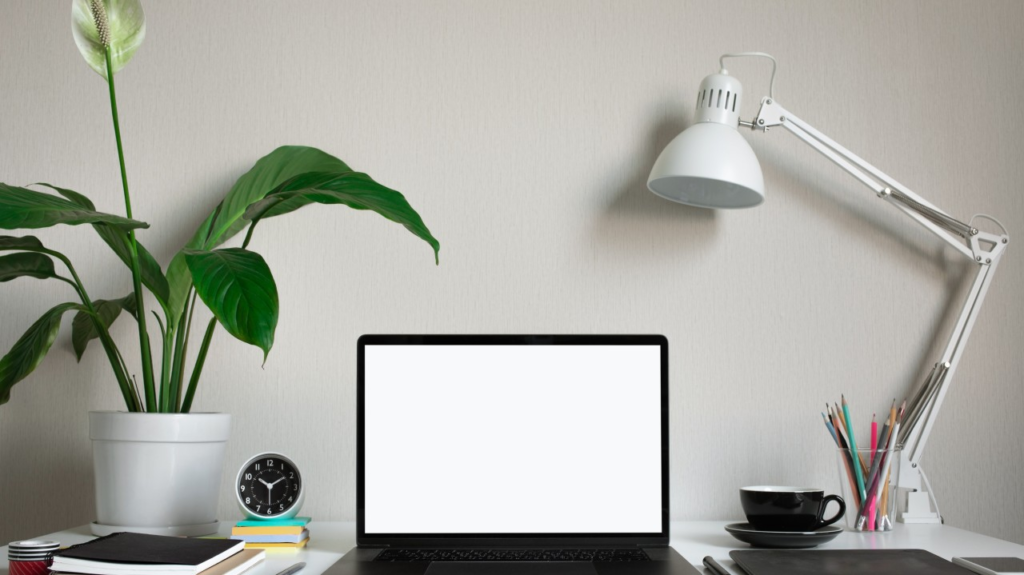Creating an efficient workspace involves thoughtful consideration of how each element contributes to productivity and comfort. The modern workplace demands solutions that support both focused individual work and collaborative engagement, making the selection of appropriate furnishings and layout crucial for success.
Ergonomic considerations play a vital role in maintaining productivity throughout the workday. Proper support and positioning help prevent fatigue while enabling sustained concentration on important tasks. Quality office components that prioritize proper posture and comfort contribute significantly to overall workplace effectiveness.
Local sourcing of office solutions offers distinct advantages. Working with regional providers who understand specific business needs and local design preferences often results in better-tailored workspace solutions. Their familiarity with area businesses helps create environments that reflect both function and local style.
Storage solutions have evolved beyond basic filing cabinets. Modern systems combine accessibility with aesthetic appeal, helping maintain organized workspaces that support efficient operations. These thoughtful storage options contribute to both productivity and professional appearance.
Lighting significantly impacts workplace effectiveness. Strategic placement of work areas to maximize natural light, complemented by appropriate task lighting, helps maintain energy and focus throughout the day. This attention to illumination enhances both comfort and efficiency.
Collaborative spaces require careful planning to support team interaction while maintaining individual work areas. Flexible furniture solutions that adapt to different meeting styles and group sizes help create versatile environments that support various work modes.
Material selection affects both durability and workplace atmosphere. Quality materials that maintain their appearance while withstanding daily use provide better long-term value. Professional suppliers understand how to balance aesthetics with practical durability requirements.
Space utilization becomes increasingly important in modern offices. Efficient layout planning helps maximize available square footage while maintaining comfortable work environments. Professional design assistance helps optimize space usage while ensuring proper workflow.
Technology integration needs consideration in modern workspace design. Furniture that accommodates power access and cable management helps maintain clean, efficient work areas. These practical considerations support today’s technology-dependent work environments.
Remember that productive workspaces result from careful planning and quality implementation. Incorporating design elements that reflect a company’s branding while working with experienced providers helps ensure that office environments support both current needs and future adaptability.
These approaches to workplace design demonstrate how thoughtful furniture selection and arrangement contribute to overall productivity. By considering both functional requirements and comfort needs, organizations can create environments that truly support their work objectives.

